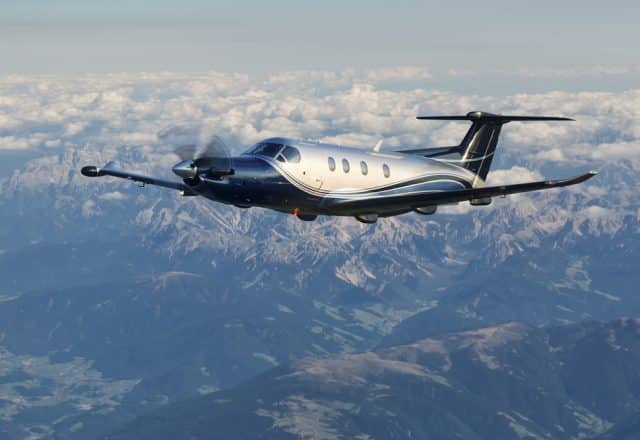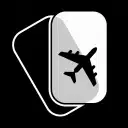Light Jet Charter or Turboprop Plane? How to Choose
Private jets are the perfect way to get from Point A to Point B as quickly and safely as possible. If you’re flying close to home, your journey will likely begin with a light jet charter or on a turboprop plane.
Whether you’re flying across the state for an important business meeting or taking the family on a nearby weekend adventure, both aircraft types are likely to meet your needs despite their differences. As the name suggests, light jets are powered by jet engines while turboprop planes use both a turbine engine and propeller to generate thrust.
But how do you choose between a jet and a turboprop plane to ensure you book the right aircraft for your mission? Here are three things to consider when deciding between a light jet charter and a turboprop charter.
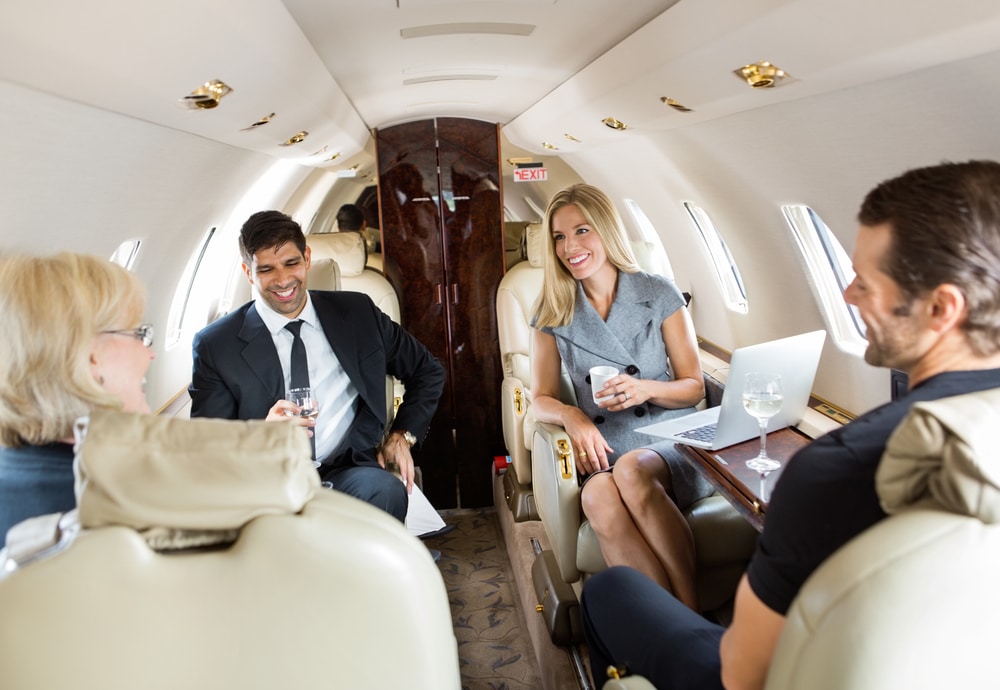
1. Aircraft performance and suitability
Cabin space is one of the biggest considerations when deciding between a light jet and a turboprop plane. Light jets can typically haul upwards of six or eight people, depending on the make, model and configuration.
Cessna’s popular Citation CJ4, which took its first flight in 2009, offers seating for up to seven passengers with an impressive 77 cubic feet of cargo capacity. And, with a maximum range of nearly 2,200 miles and a cruising speed of 522 miles per hour, the CJ4 is even capable of soaring from New York to Dallas, Texas.
By contrast, turboprop planes often have smaller cabins, a shorter maximum distance and less cargo space. The Pilatus PC-12—one of the most popular turboprop planes of all time—has seating for six, 40 cubic feet of internal baggage space, a cruising speed of 322 miles per hour and a maximum range of 1,800 miles.
Turboprop planes do have the advantage of taking off and landing on shorter runways. This means a turboprop charter can take you to a smaller airport closer to your destination. A light jet may need a longer runway at a busy hub further away.
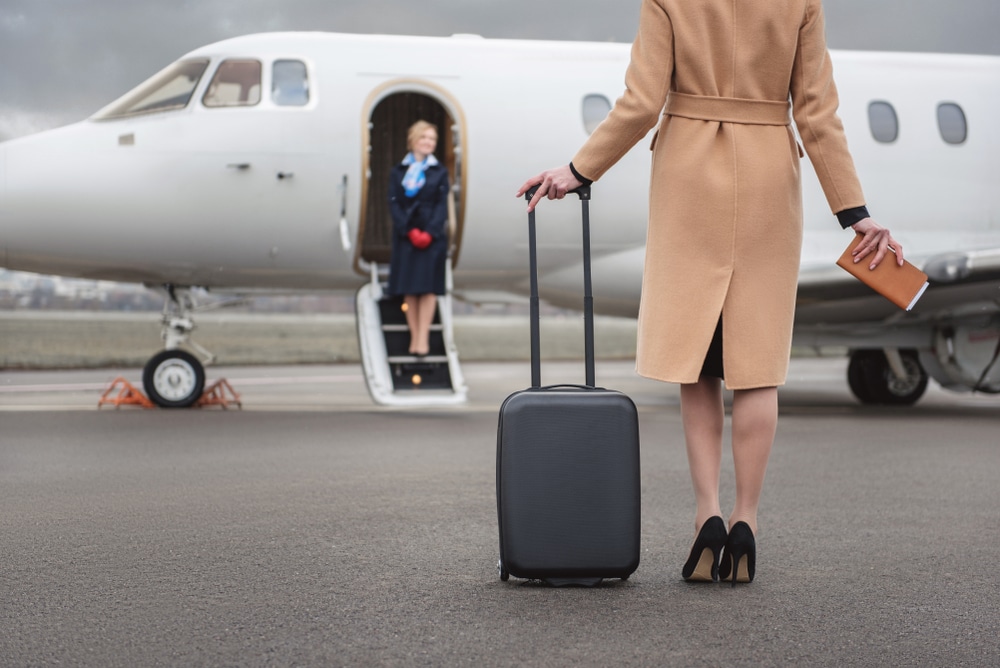
2. Cost of light jet charters vs. turboprop planes
Aside from range, runway considerations and cargo space, the cost is one of the significant differences separating light jet and turboprop charters.
So, how much does it cost to charter a light jet? It depends on several factors including your route and aircraft availability, but light jets typically start at around $5,800 per hour.
Can you charter a light aircraft? Of course. Many private jet brokers like Stratos offer turboprop charters as well as jet flights. Turboprop charters are generally less expensive than light jets, with hourly costs starting at around $3,000.
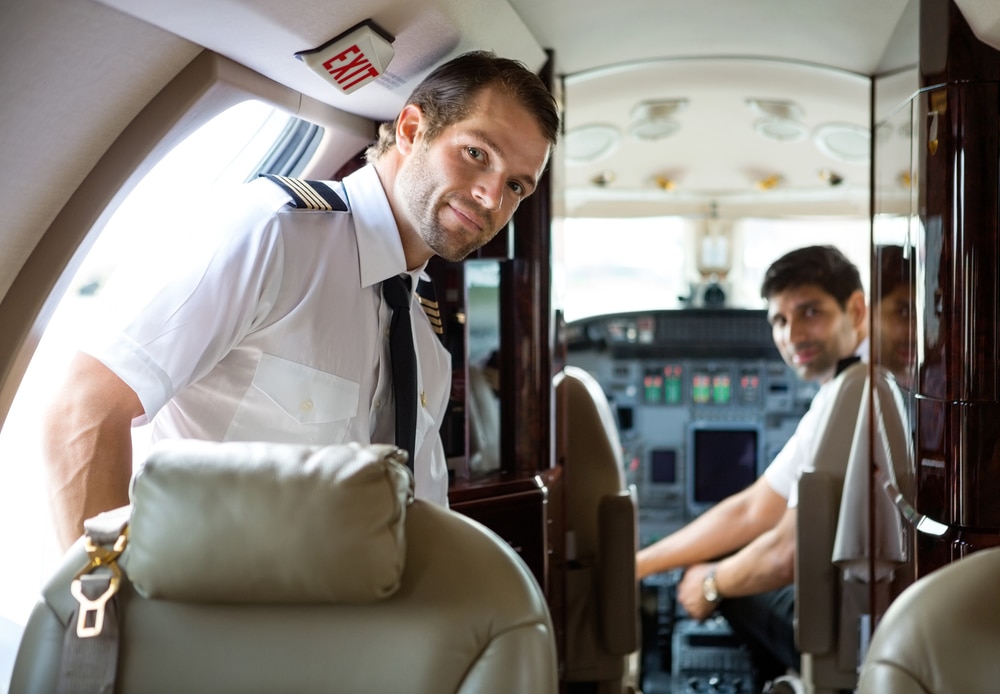
3. Safety and reliability
Safety is the most important consideration when chartering a private jet. When you charter a light jet or turboprop plane with Stratos, we thoroughly audit the aircraft’s maintenance history, crew experience and carrier safety record before each flight.
Whether you’re booking a flight on a light jet, a turboprop plane or any other aircraft in our network, you can rest assured knowing you’ll be soaring in one of the safest aircraft in the sky.
Unsure whether your next mission calls for a light jet charter or a turboprop plane? At Stratos, our private flight advisors work with you to select the right aircraft every time you fly.
Our advisors will arrange transportation on a suitable and safe aircraft by looking at plane performance, your budget and your itinerary. Contact us at (888)593-9066 to get started.
Are you ready to book your Privates from New York to Chicago charter flight yet?
Our friendly, expert air charter agents are here to answer questions or start your quote today. Don`t wait, call now and we'll get you on your way to your destination!
Call 888-593-9066